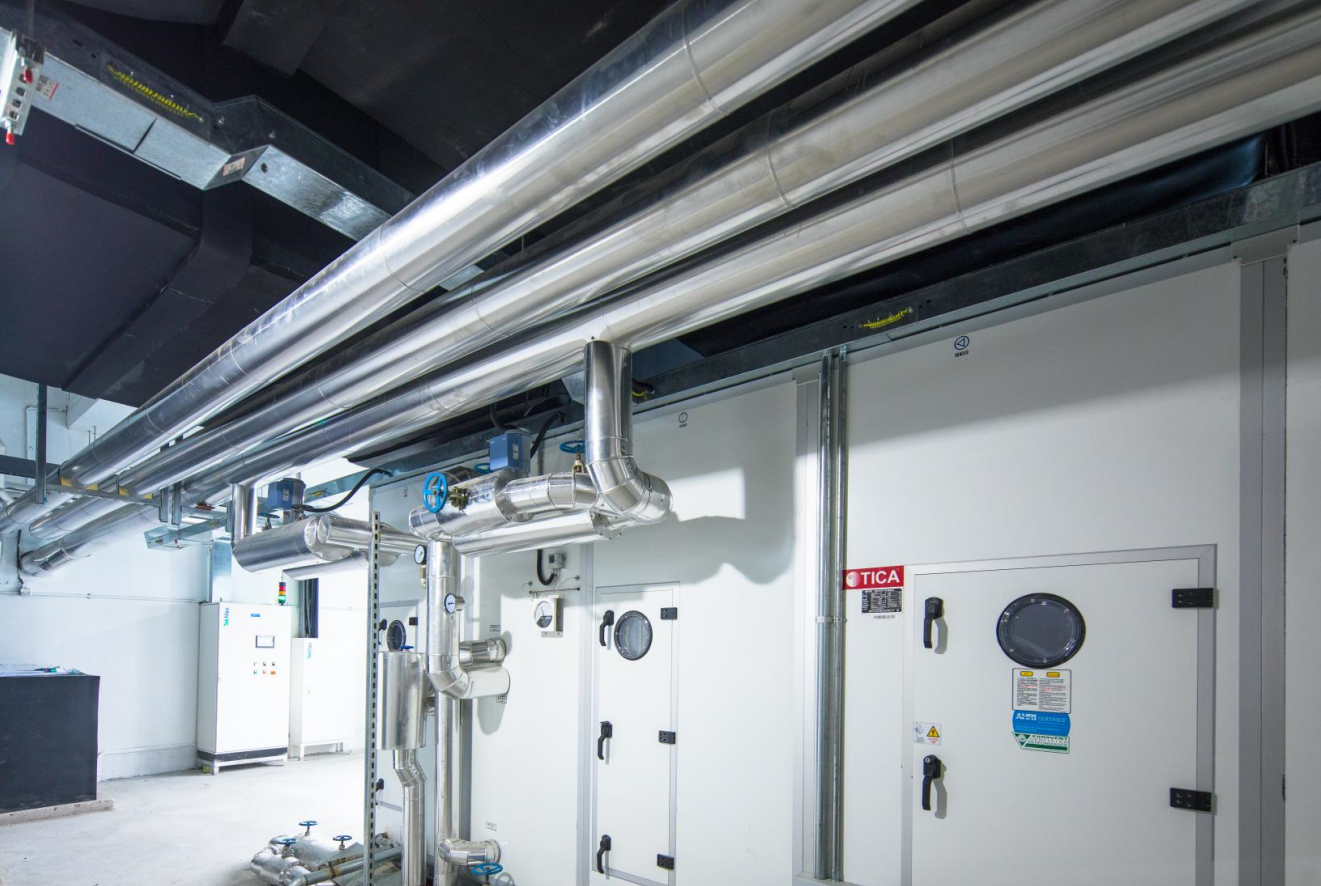HEPA (High-Efficiency Particulate Air Filter). The United States established a specialized development group in 1942 and developed a mixed material of wood fiber, asbestos, and cotton. Its filtration efficiency reached 99.96%, which is the embryonic form of the current HEPA. Subsequently, glass fiber hybrid filter paper was developed and applied in atomic technology. It was finally determined that the material has a trapping efficiency of more than 99.97% for 0.3μm particles, and it was named as HEPA filter. At that time, the filter material was made of cellulose, but the material had problems of poor fire resistance and hygroscopicity. During the period, asbestos was also used as a filter material, but it would produce carcinogenic substances, so the filter material of the current high-efficiency filter is mainly based on glass fiber now.
ULPA (Ultra Low Penetration Air Filter). With the development of ultra-scale integrated circuits, people have developed an ultra-high efficiency filter for 0.1μm particles (the dust source is still DOP), and its filtration efficiency has reached more than 99.99995%. It was named a ULPA filter. Compared with HEPA, ULPA has a more compact structure and higher filtration efficiency. ULPA is mainly used in the electronics industry for the time being, and there are no reports of applications in the pharmaceutical and medical sectors.
Post time: Sep-23-2021

